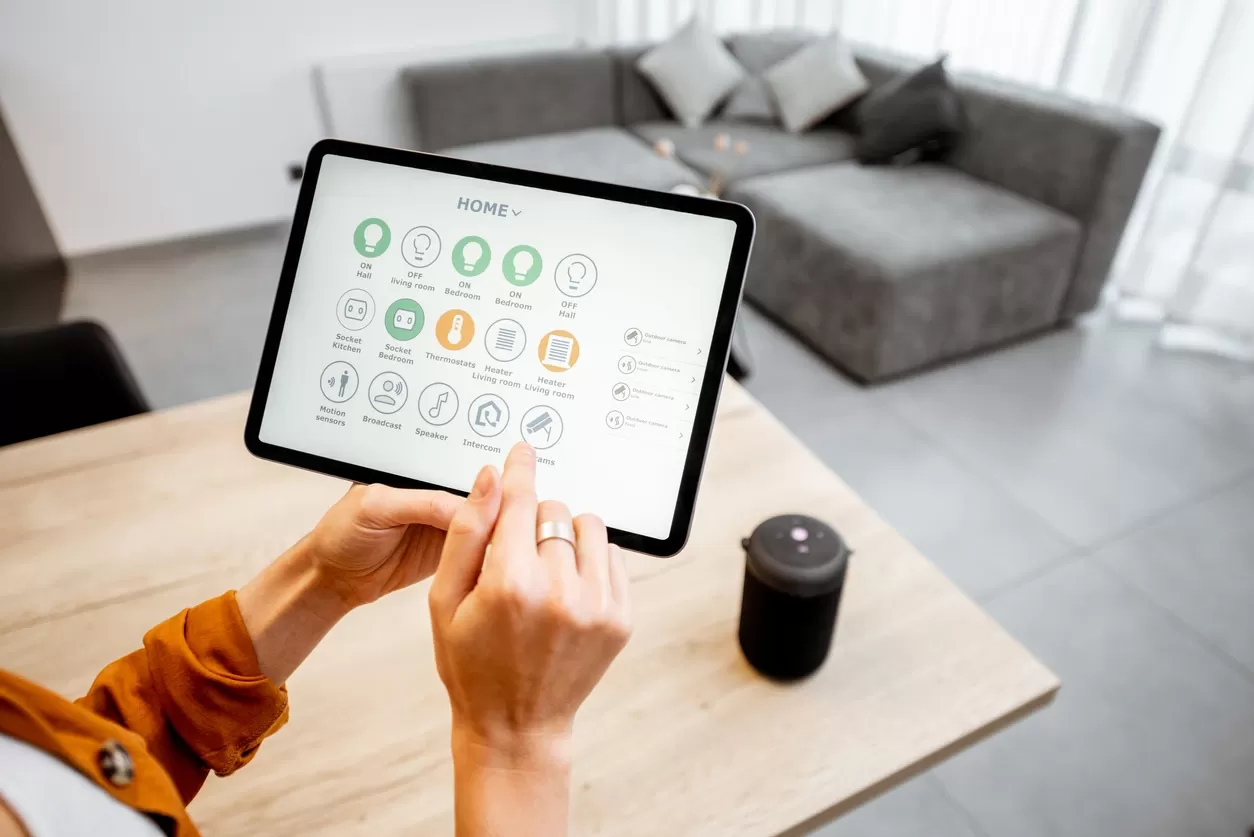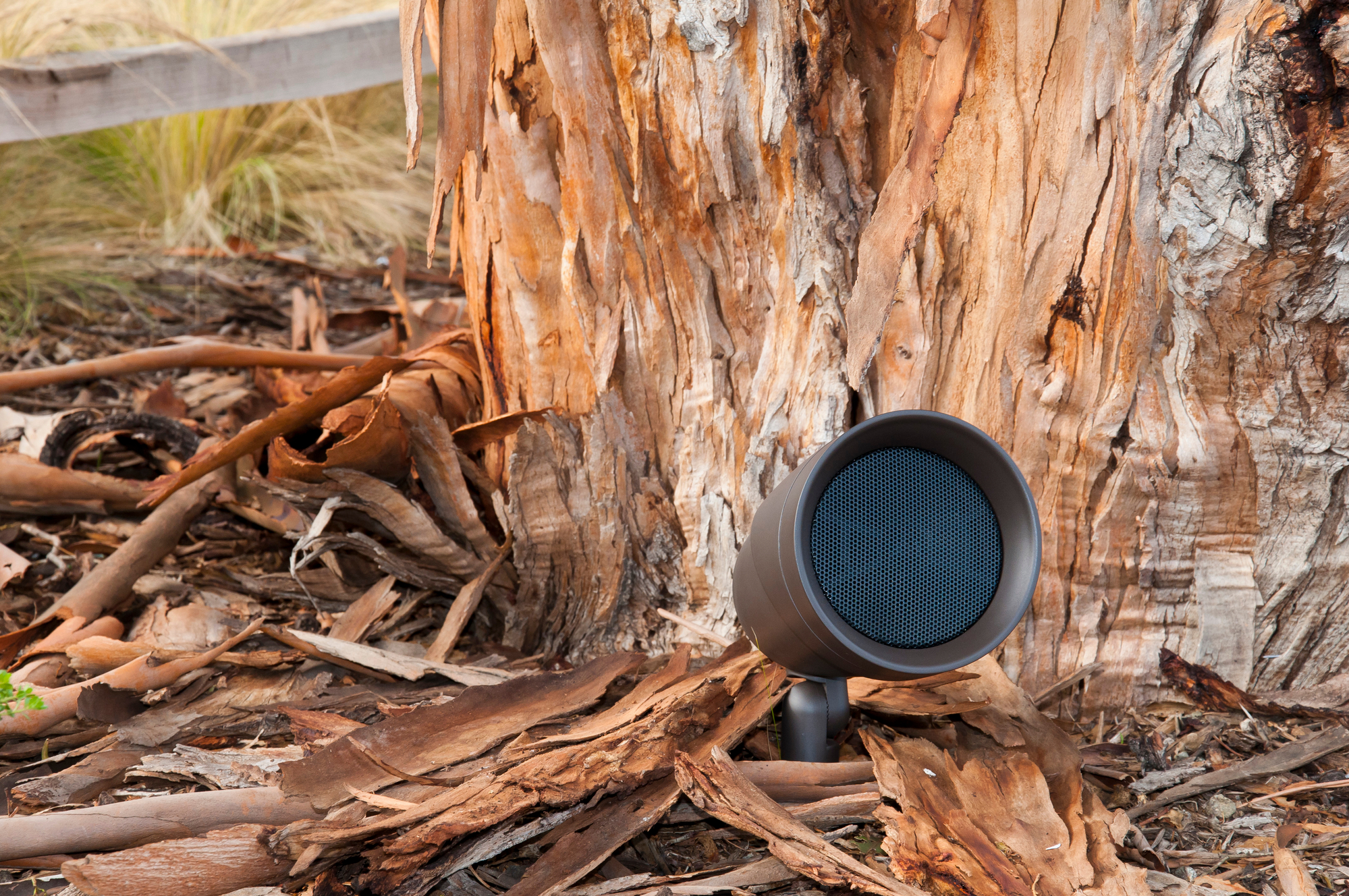Where It All Began
Many of the smart home manufacturers that have been in the game for a while started, at least to some degree, with a more modest aim than automating your home. They started by making it easier to operate your TV and all the various devices that you had plugged into it. Essentially, they started with creating a universal remote.
As technology advanced, broadcast television was no longer the only thing to watch on your fancy color TV. We added cable boxes, VCRs, Ataris, surround receivers, and more. Each one of those devices generally came with its own remote control. Simplicity gave way to a plethora of button-filled devices strewn across the coffee table, challenging you to decode the correct sequence of button presses to turn on the nightly news.
Universal remotes fixed all that. That original mess of remotes got shoved in a drawer, replaced by a simple and intuitive device that only required a single button press to bring everything to life. It wasn’t long before people started wondering… what else could we control with this thing?
Smart Home Meets Smartphone
Smart home manufacturers expanded past the media room to control lighting, shades, security, HVAC and more. Universal remotes were joined by proprietary touch screen panels, some in-wall and some wireless, to simplify the operation of these increasingly sophisticated systems. Touch screen technology was pretty new. It was also pretty expensive which contributed to making the smart home a strictly luxury product.
The release of the iPhone, and later the iPad, brought the price of touch screen devices way down. Smart home manufacturers started to look at how they could leverage these mobile devices to enhance their own offerings. They released apps that would allow a client’s iDevice (and later Android devices as well) to communicate with their smart home devices. Since these devices were mobile, they added the benefit of allowing people to control their system even when they weren’t home.





